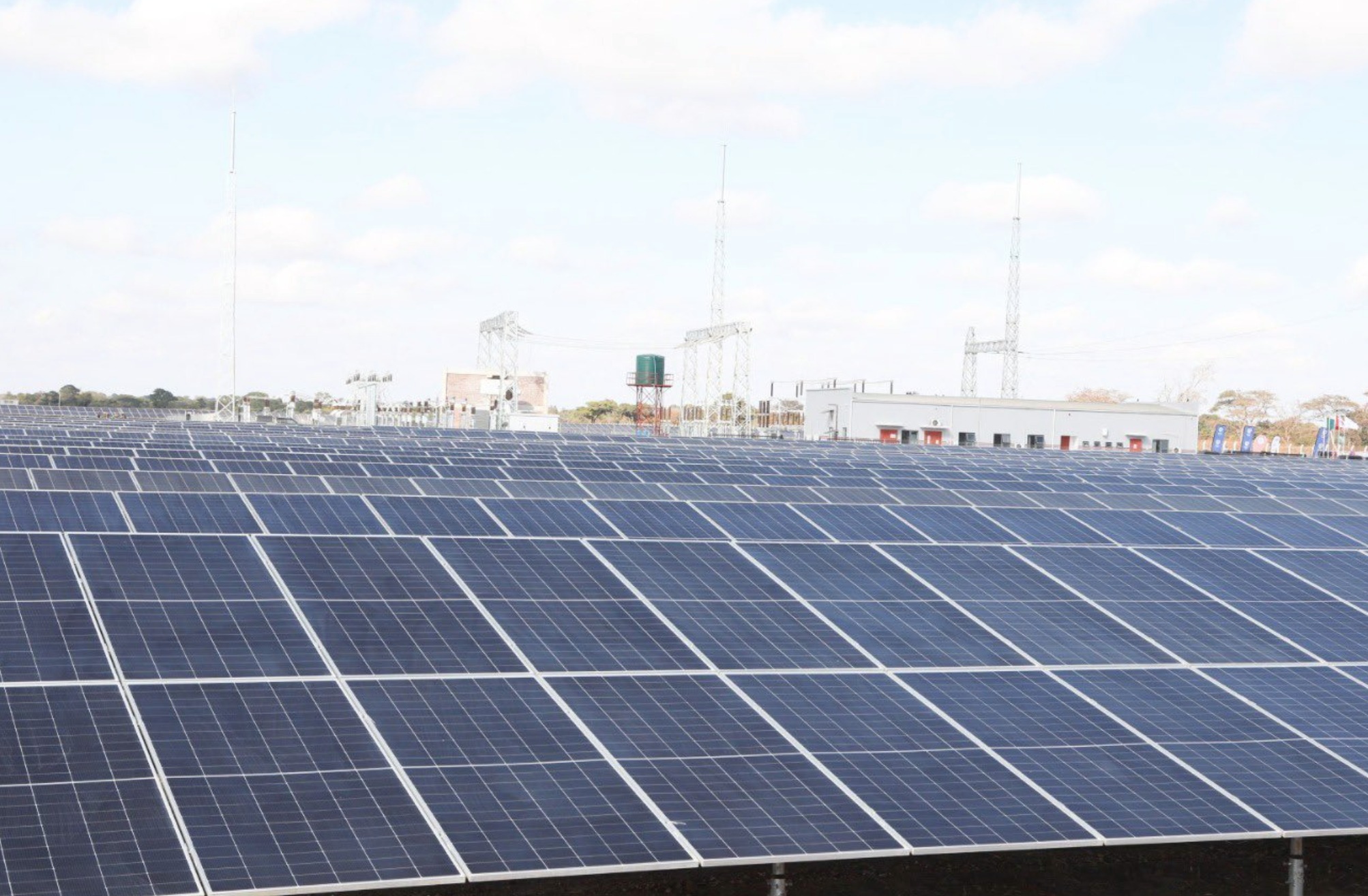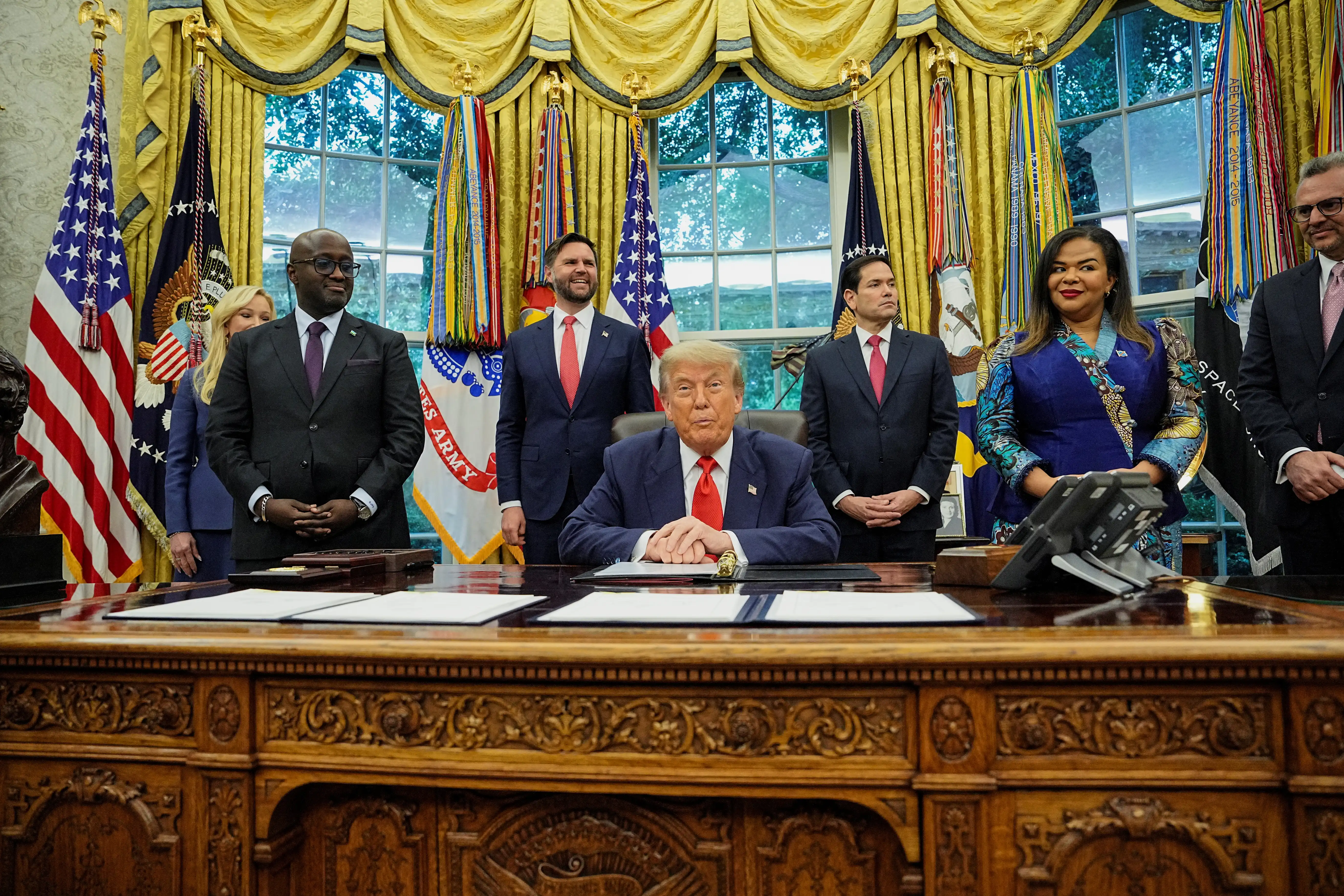
Made In Rwanda: Chinese investment helps initiative to grow
By CGTN’s Oliver Jarvis

The Made In Rwanda initiative has been touted as one of the main contributing factors to the country’s successful economic growth.
Through the concept of localising the industrial sector, Made In Rwanda aims to increase exports and reduce import surplus. According to the state-owned The New Times, the initiative is a resounding success, with a 50% growth in local products, and a creation of 8,000 jobs.
“Rwanda is now an investment destination. We have changed the way we do business,” Rwanda’s Minister of Trade, Vincent Munyeshyaka, told me.
This change in strategy has seen more locally-made products being exported worldwide, a move that has put the landlocked country on the map for foreign investment.
“Made in Rwanda doesn’t only mean promoting companies that are managed by Rwandans,” Munyeshyaka added.
“We are encouraging local production, by local domestic investors – but also by foreign investors.”

With a number of foreign companies having invested in Rwanda, Munyeshyaka believes that this has added value to the country’s industrial sector – one that also has its eyes on expanding into other markets.
“A New Movement”
For the Minister of Trade, the implementation of the initiative was more about “creating a movement within the country.”
To help Rwanda achieve this, foreign investors are assisting in developing factories within a new zone of the capital Kigali. Named the Special Economic Zone, the area hosts a number of individual plots that are developing and manufacturing products to fit with the Made In Rwanda initiative.
We visited one textiles factory, Chinese-owned C&H – which in 2018 agreed to step up its production of textiles and garments to appeal to the local market.
“We are expanding our factory, and constructing a new one to fit the local demand,” Candy Ma, CEO of C&H told both CGTN’s Vauldi Carelse and myself.
Not only are C&H trading with local businesses, but with the government too. Chinese investment and industry knowledge has helped to develop a state-of-the-art textile factory that manufactures clothing for both the international and national market.

“At the moment, 50% of our international market is American, the other 50% is European,” Candy said.
Alongside increasing trade, C&H has also created a number of jobs within Kigali’s Special Economic Zone. Currently 1,500 Rwandans work at the organisation.
“C&H teaches us many things, from learning machines to different departments. The Chinese came here to teach us, we Rwandans are proud to be taught by the Chinese,” C&H employee, Ornella, told Vauldi Carelse.
Another, Jean Claude Nshimiymukiza, spoke of the cooperation between the Chinese and Rwandans, stating that it helped to “minimise the number of unemployment.”
The organisation has offered more than just employment opportunities, it has also given Rwandans the chance to gain working experience and to build upon their skills – as Ornella added: “Knowing and learning so many things here, I can now go and start my own factory.”
It is this mentality that the Rwandan Trade Ministry are so keen to see evolve within Rwanda, the concept that a new generation of creative minds and entrepreneurs can help drive the country into even greater economic prosperity.
With companies like China’s C&H, who focus their investment on developing individuals and industries, the Made In Rwanda initiative can be realised, and stand as a model for the rest of the African continent to follow.






